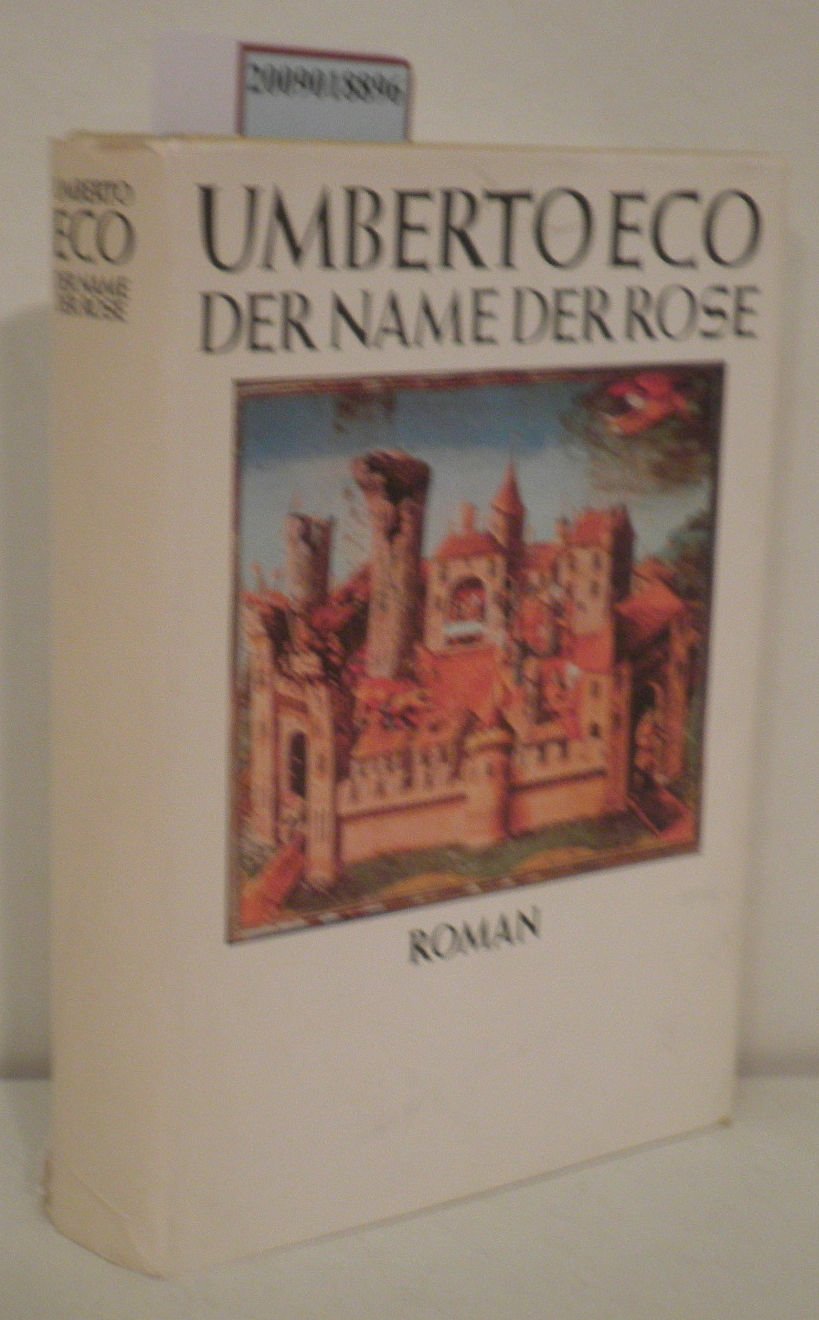

“When we consider a book, we mustn’t ask ourselves what it says but what it means,” William avows. William explains that in the “words of a holy text…meaning goes beyond the letter,” such that words convey higher truths than their literal meanings. As monks, therefore, William, Adso, and the novel’s other characters are deeply concerned with how to correctly interpret all texts, and the Bible in particular. Ultimately, the relationship between signs and their meanings unfolds into a difficult philosophical problem for the characters.Ī central concern of Christian religious life is “hermeneutics,” or the study of interpretation. However, amassing enough evidence to explain the suspicious events proves to be a more complex process than either William or Adso had anticipated.

William of Baskerville and Adso of Melk spend much of the novel trying to solve a series of mysterious murders at an abbey, so they’re constantly searching for and trying to make meaning out of the evidence-whether it’s a corpse, an ox heart, or someone’s suspicious behavior. So it’s no surprise that The Name of the Rose is so concerned with the process of interpretation and the relationship between signs and their meanings. Umberto Eco was a professor of semiotics-the study of how people understand and make meaning out of signs and symbols.


 0 kommentar(er)
0 kommentar(er)
